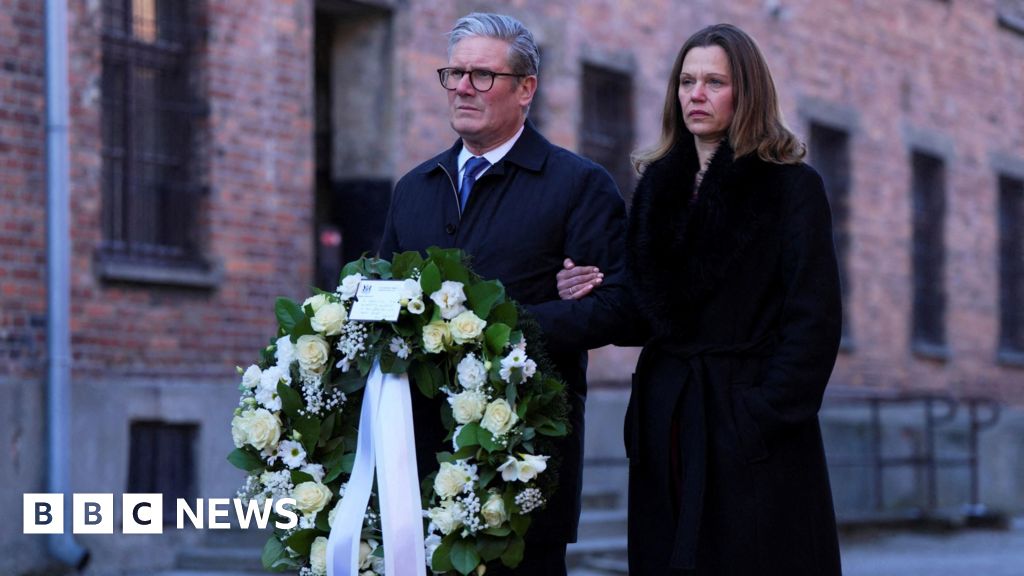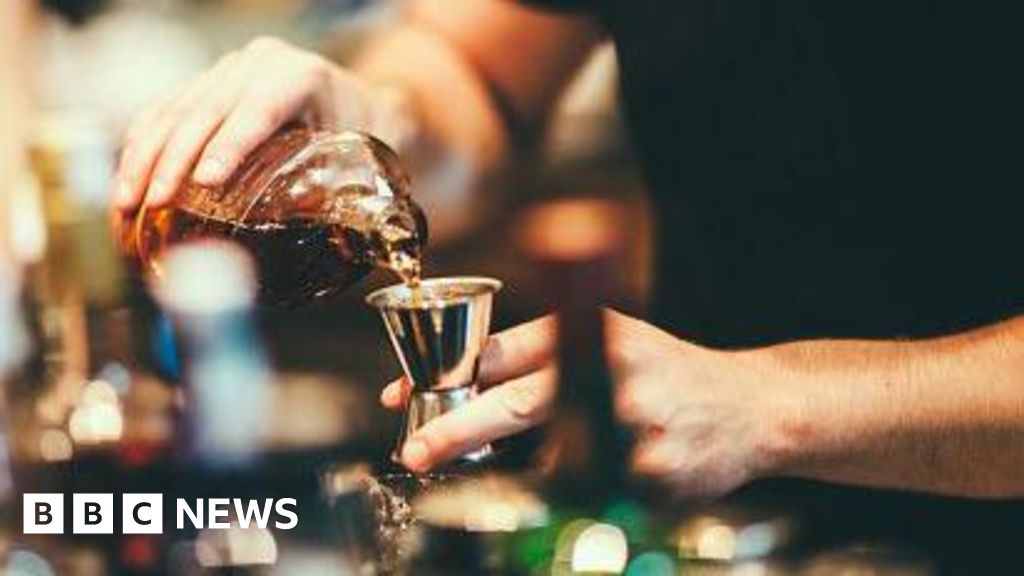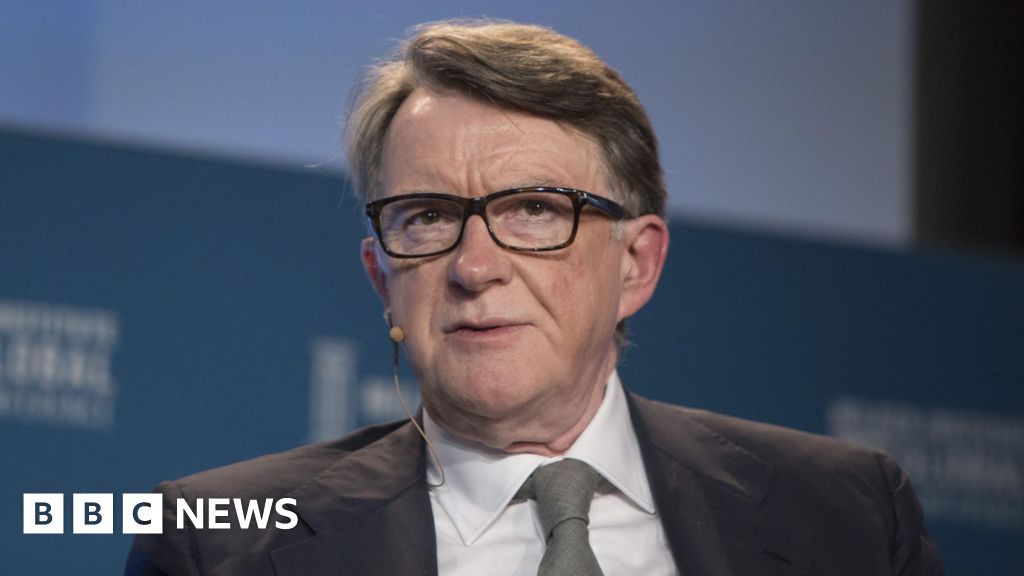ARTICLE AD BOX
By Philip Sim
BBC Scotland political correspondent
Image source, Getty Images
Elections for all 32 Scottish local councils will be held on 5 May. Here are five of the factors that might make a difference come polling day.
1. Community concerns
Councils are in charge of the delivery of many key local services - they are on the front lines when it comes to day-to-day issues that people really care about, some of which could ultimately be pivotal.
Delivery is absolutely key when the people involved organise your local schooling and social care, housing and planning.
There will be wards where the entire result will hang on how many potholes there are on the main road through a village, or on whether a town library has re-opened post-pandemic.
The control of a council could hinge on how many bin collections a party is willing to offer per month, or how they propose to support local bus services.
Obviously the local issues of concern vary enormously across the country, and indeed across individual councils, making top-down predictions about one race or another difficult.
Personality also plays a part here - as community representatives, councillors generally need to be well known and indeed well liked in their area.
This is underlined by the significant part played by independent candidates - well-kent local campaigners who can sustain a political profile without needing to tie themselves to a party.
A total of 168 "independents" won seats in 2017, and in some areas they make up the bulk of the council.
2. National factors
May's elections might be about local issues, but they won't happen in a bubble. Voters can still be swayed by the big political topics of the day.
For example, the "partygate" row has faded from the headlines somewhat amid the war in Ukraine, but it may have made a more lasting impression in the minds of voters.
Scottish Tory leader Douglas Ross attempted to kiss and make up with Boris Johnson at his party's spring conference, on a stage emblazoned with the words "forward together", but it remains to be seen if the electorate are as quick to forgive the prime minister.
To take another example, the perennial question of a second independence referendum will not be settled by the result of this election, but as ever it will likely feature prominently on the doorsteps.
The SNP and Conservatives both enjoy nothing more than campaigning on opposite sides of the constitutional issue, while Alex Salmond's Alba Party will be looking to siphon off Yes voters growing impatient with Nicola Sturgeon's approach.
And a host of other hot topics could be playing on voters' minds - from the Covid pandemic to immigration and asylum policy, and energy security to the Scottish government's bid to reform gender recognition laws.
All of these also provide opportunities for the many smaller outfits taking part in the race, like the Scottish Family Party, to campaign on issues being discussed nation-wide.
Image source, Getty Images
Image caption,They aren't standing as candidates in May, but the actions of Nicola Sturgeon and Boris Johnson will still play a big part in the election
3. Money
There is one other national factor which will be inescapable in politics at every level this year - the cost of living crisis.
People are facing the biggest drop in living standards since the 1950s, with warnings that 1.3m people across the UK could be pushed into poverty as energy, fuel and food costs soar.
This year, for the first time since the SNP came to power in 2007, town halls were given free reign to set council tax rates.
In practice they didn't have total freedom, given the looming elections and the fact the finance secretary eventually provided an additional chunk of funding with a warning that it should help to hold down rate rises.
Ultimately only two councils levied a rise in excess of 3%, but it remains likely that candidates will be talking about money on the doorsteps once campaigning begins in earnest.
It's not just about the tax burden that voters would rather escape - it's also about how much councillors will have to spend on measures to help those worst-hit by price hikes.
Councils have complained for years that they need more cash to run local services - and that extra money from Holyrood often has strings attached, being tied to specific policies like social care or early learning.
So there are likely to be few of the crowd-pleasing giveaways promised in national elections over the coming weeks, as both councils and voters contemplate tightening their belts.
Image source, Getty Images
4. Cooperation and control
Technically, the result of all 32 of Scotland's council elections in 2017 was the same: No Overall Control.
Councillors are elected via the single transferable vote - a system of proportional representation that makes it very hard for one party to win a majority.
So town halls are generally run either by a minority administration, striking deals on an issue-by-issue basis, or a coalition muddled together from several parties. Curious alliances and unusual bedfellows abound, and it will be interesting to see how the horse-trading plays out once the votes are tallied.
But this is also important before polling day, because the other notable impact of the STV system is that it allows people to back multiple candidates. Voters rank them in order of preference, and a multi-stage system of counting sees three or four councillors elected for most wards.
There is a fuller explanation of the maths behind the system here, but the "transfers" of second-preference votes in later rounds of counting are often crucial in terms of the final result.
The Holyrood election in 2021 underlined that people are increasingly savvy about tactical voting. Almost every constituency became a two-horse race between the SNP and whichever other major party was most likely to put up a fight locally.
This was openly encouraged by parties campaigning specifically for regional "list" votes - so will Conservative, Labour and Lib Dem voters prove as calculating when it comes to their local election ballots?
It might seem easy to just include another party as a second or even third preference, but these parties are also in fierce competition with each other for seats. There may be 1,227 across the country, but the margins are very tight when it boils down to a three or four member ward.
The same goes for the other major parties, of course. Will SNP first-preference votes trickle down to the Greens on second preferences, now the two are in government together - and vice versa?
Or will the parties opt to shun their new partnership in a bid to maintain separate identities in the campaign, and seek to maximise their own returns?
Image source, Getty Images
5. Turnout
Despite councils dealing with many of the day-to-day issues that interest and infuriate people, less than half of them actually turn up to vote in local elections.
There were a few electoral cycles where Holyrood and council elections were held on the same day, which boosted turnout somewhat - but also confused a lot of people, with the two polls using three different electoral systems.
When the elections were split to separate years in 2012, 39.6% of the electorate turned out for the council race. In 2017 it was 46.9% - better, but still a long way behind the numbers who turn out for Holyrood and Westminster contests.
And the picture was still very fragmented, with areas a few miles apart having very different levels of uptake - turnout in East Renfrewshire was 57.8%, while Glasgow's was 39%.
The question is whether the figure will improve again in 2022, off the back of a Holyrood poll last year which smashed its own turnout record.
Post-pandemic, more people are signed up for postal ballots, which tends to boost participation.
It's also possible that all of the factors mentioned above mean people are quite politically engaged at the moment - although after ten elections and two referendums over the past ten years, some may also just be a bit tired of politics.

 2 years ago
30
2 years ago
30








 English (US) ·
English (US) ·